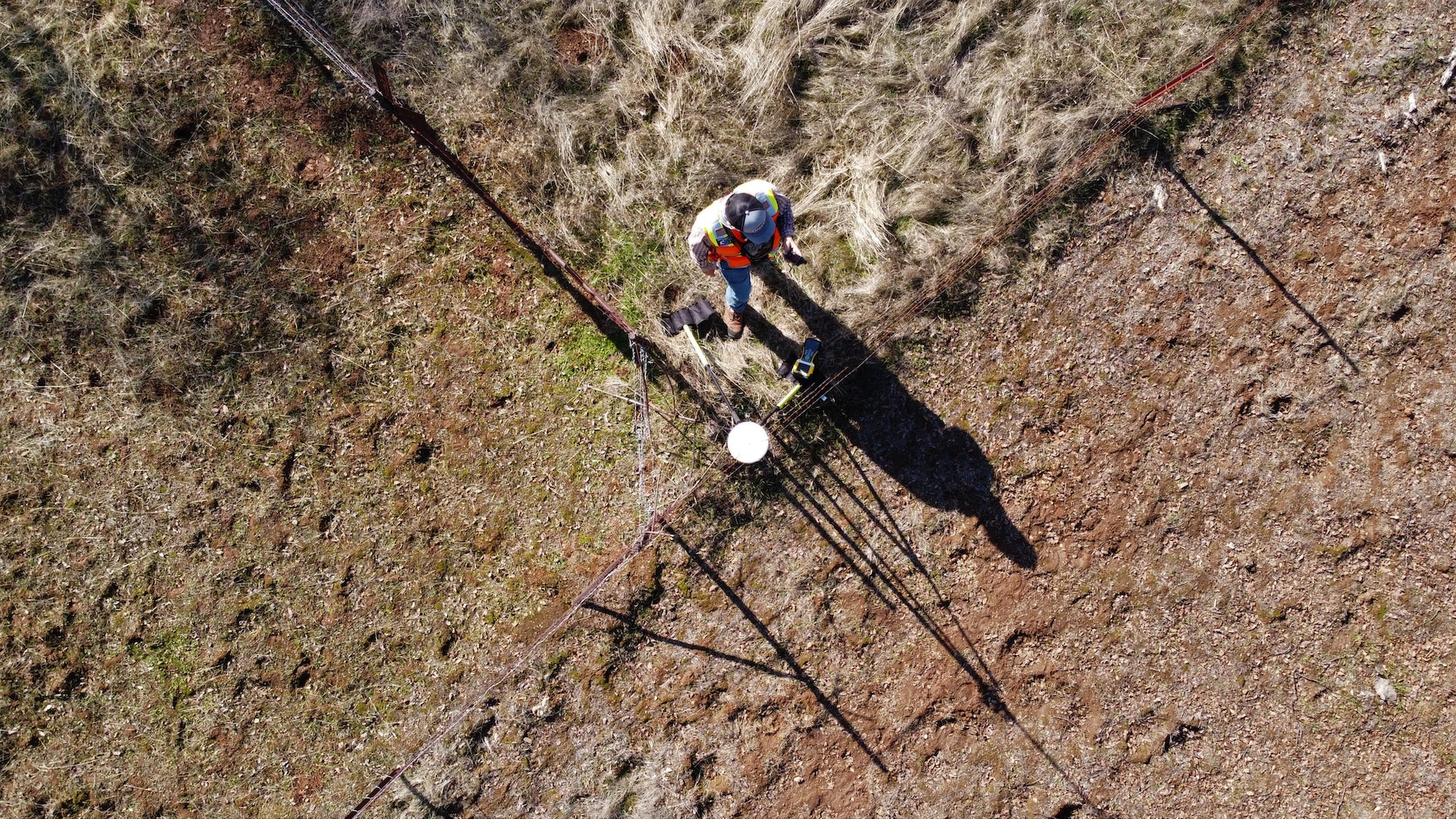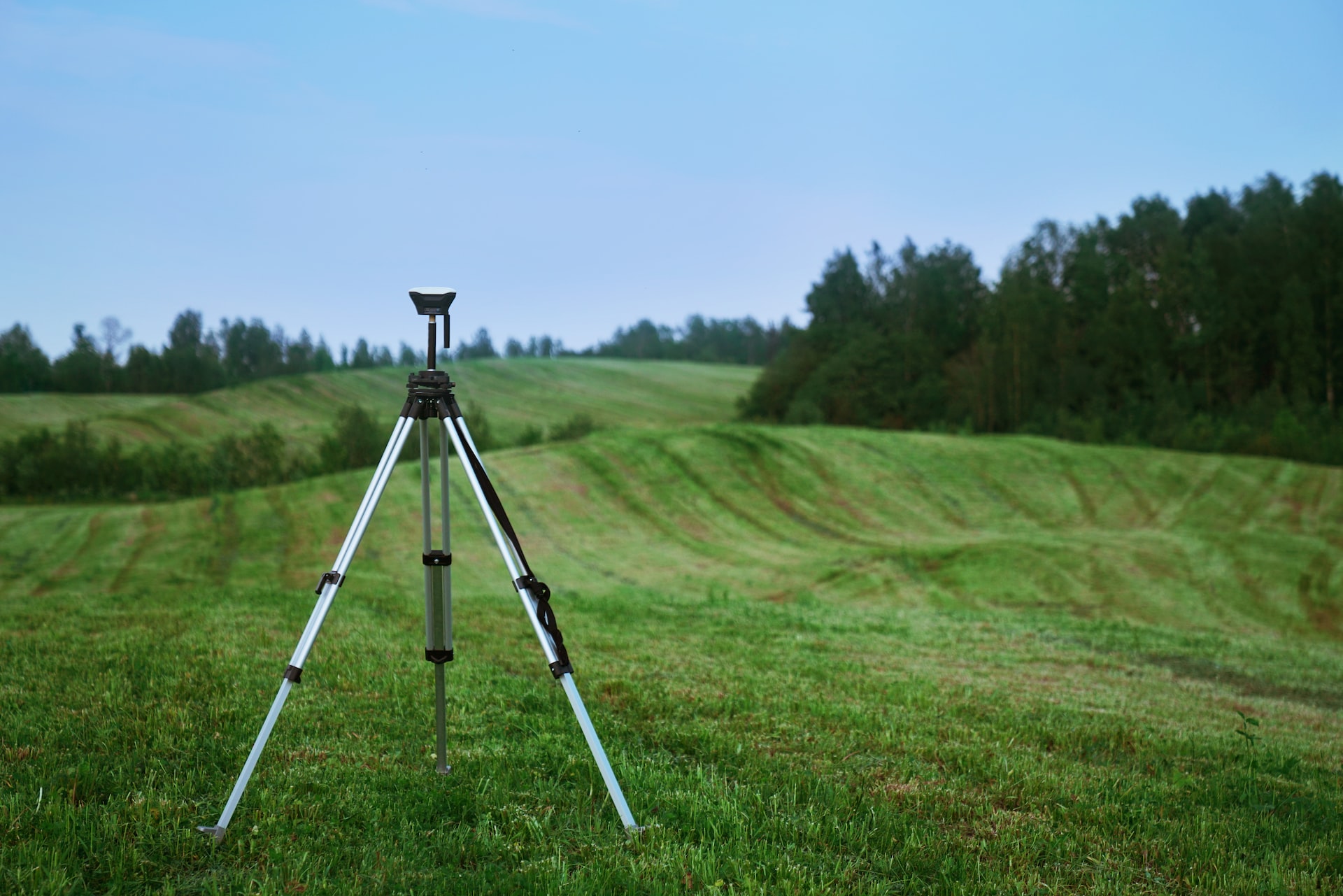A property survey is an essential tool that helps to identify and resolve any discrepancies or potential issues related to a property’s boundaries, easements, and other essential factors. Whether buying, selling, or improving a property, a property survey can provide you with the necessary information to make informed decisions and avoid potential disputes with neighbors or government entities.
In this blog, we will delve deeper into the importance of property surveys, the different types available, and how to determine which survey is most appropriate for your needs.
What Is a Property Survey?
A property survey is a detailed property map prepared by a licensed surveyor that shows the precise boundaries, dimensions, and other critical information about the land. The primary purpose of a property survey is to identify the exact location and extent of a property, including any encroachments or easements that may affect its value or use.
A property survey can also help resolve disputes between neighbors, determine the exact location of utilities or infrastructure, and provide essential information for land development or construction projects.
Types of Property Surveys
There are several different types of property surveys, each designed to address specific needs and concerns. Some of the most common types include:
1. Boundary Survey
A boundary survey determines the exact property lines and corners of a parcel of land. This type of survey is essential for landowners who want to build a fence, add an extension to their home, or resolve disputes with neighbors over property lines. A boundary survey can also help identify encroachments or easements affecting the property’s value or use.
2. Easement Survey
An easement survey identifies the location and extent of any easements on a property. Easements are legal rights granted to another party to use a specific portion of your land for a specific purpose, such as access to utilities or a shared driveway.
Knowing the location and extent of any easements on your property can help prevent disputes and ensure you are aware of any restrictions on your property’s use.
3. Hazard Area Survey
A hazard area survey identifies areas on a property that may be prone to natural disasters or other hazards, such as flooding or landslides. This type of survey can be crucial for property owners who want to build or make improvements to their land, as it can help determine the safest and most appropriate locations for construction.
4. Elevation Survey
An elevation survey measures the height or elevation of property above sea level. This information is crucial for determining flood zones and insurance requirements, as well as for planning construction projects or land development. An elevation survey can also help property owners identify and address potential drainage issues on their land.
5. Topographic Survey
A topographic survey provides detailed information about the natural and man-made features of a property, such as hills, valleys, water bodies, and structures. This type of survey is essential for land development and construction projects, as it helps engineers and architects design and plan the most appropriate and efficient use of the land.
Final Thoughts
Choosing the right type of property survey for your needs depends on your specific concerns and objectives. If you are still determining your property’s boundaries or want to improve your land, a boundary survey may be most appropriate.
However, if you are concerned about potential hazards or need detailed information about your property’s features for a construction project, a hazard area or topographic survey may be more suitable.
Regardless of the type of survey you choose, you must work with a licensed and experienced surveyor who can provide accurate and reliable information about your property.
If you need professional surveying services in Florida, let our team at Will’s Service Group know. Our services are approved by experienced, registered land surveyors, so you can rest assured that you get accurate information. Contact us today to learn more.










